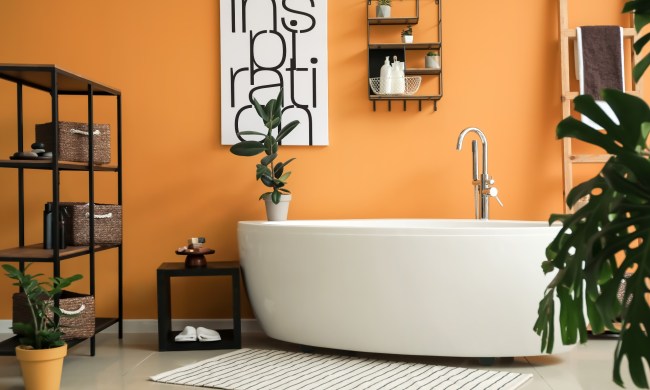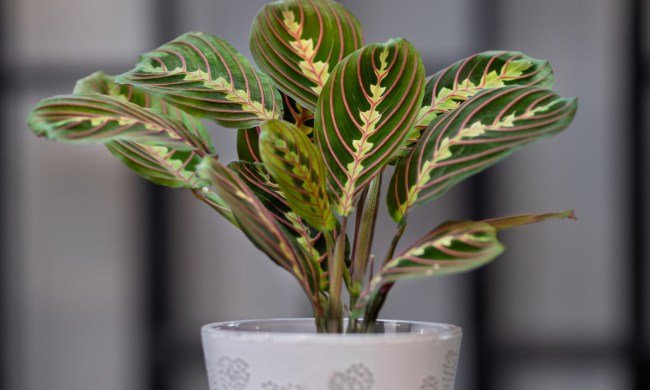If you’re a lover of the outdoors and all things living, you want your little ones to grow up with the same appreciation for nature. Introducing your kids to gardening and even tending to indoor plants is a great way to grow their interest, but there are some cautions you should take to avoid exposing your children to toxins. We’re going to delve into the best ways to foster a green thumb in your child — while keeping them safe from dangerous plants.

Kid-friendly indoor plants
Indoor plants have some great benefits. They’ve been known to alleviate stress, improve moods, and even create cleaner air in your home by reducing toxins. Having your kids help tend to your indoor plants is a great practice that can foster an appreciation for nature while teaching them a bit of responsibility. All of our options listed below can typically be found at your local home and garden store or purchased online.
Aloe plant
Aloe plants are easy to grow and maintain, as they do well in full sun and can withstand the dry soil that can result in your child forgetting to water it on occasion. Not only is it resilient, but it’s also nontoxic and can even be used medicinally for skin irritation and mild burns.
Boston fern
A gorgeous and voluminous plant, the Boston fern likes to be in direct sunlight and requires little maintenance. It can be hung up to create a curtain of beautiful, flowing leaves that your child can be proud of.
Venus fly trap
If you really want to pique your child’s interest in plants, why not opt for this famous carnivorous plant? It’s nontoxic and can be grown easily indoors as long as the air is moist and a bit humid. Your child will simply love feeding their “pet.”
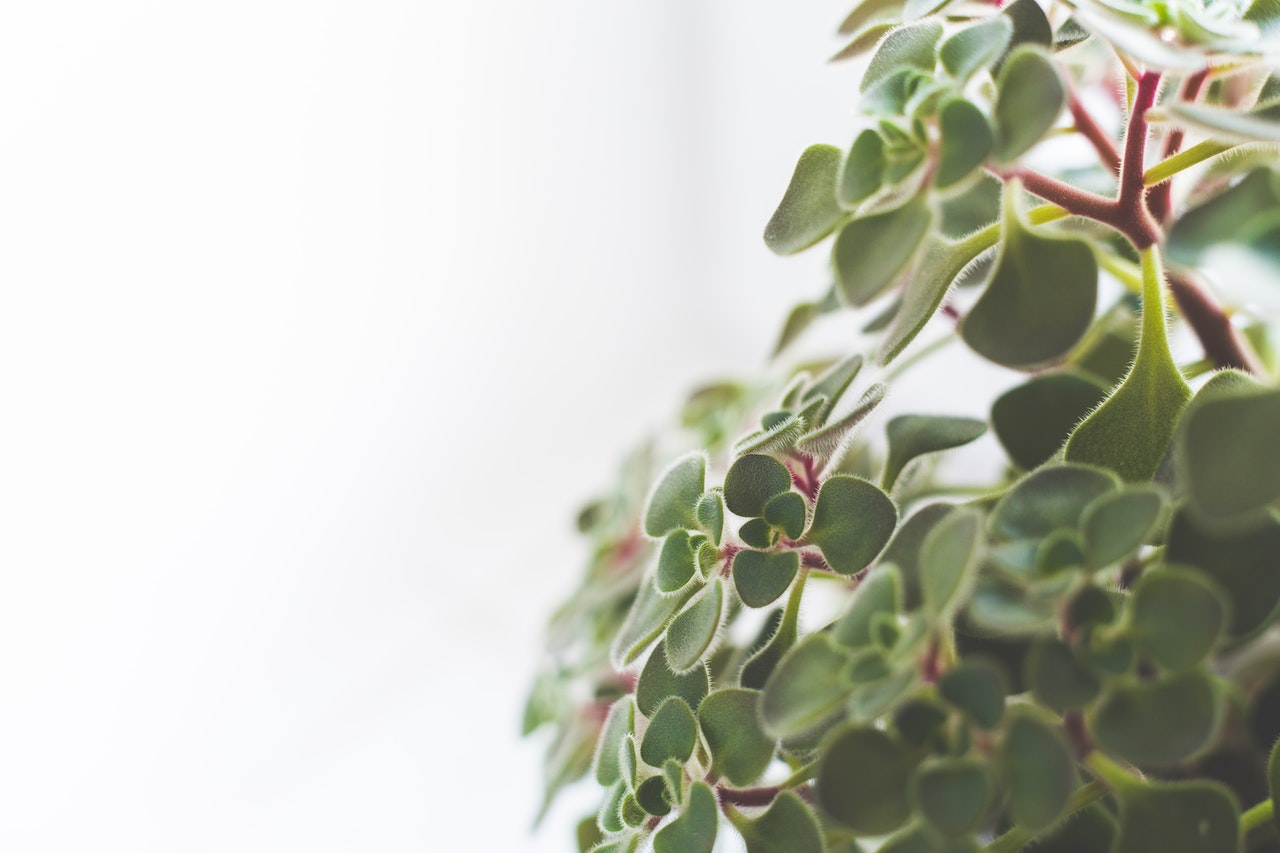
Indoor plants that are unsafe for kids
While indoor plants are great for the education and even the happiness of your children, not all plants are completely safe for children. Some can cause irritation on the skin, while others can even be toxic and dangerous if ingested. Steer clear of having your kids tend to the below indoor plants and keep them out of reach of small children.
Philodendron
While it’s among the more popular of house plants due to its easy maintenance and lovely appearance, the philodendron can cause some issues if ingested by a curious toddler. The plant contains toxic calcium oxalate crystals that can cause dermatitis, mouth swelling, and digestive issues.
Ivy
Ivy is a beautiful sight against a brick or stone wall and it can even be a unique addition to your interior décor. While its appearance is romantic and elegant, ivy has been known to cause irritation after skin contact, and if it’s ingested, it can burn the mouth and throat, cause rashes, fever, and even convulsions. It’s best to keep this lovely plant out of reach of children.
Poinsettia and mistletoe
If you love your Christmas decor to include some live plants, you may want to educate your children on their dangers. Poinsettia, for example, produces a sticky sap when cut or broken that can irritate the skin. Mistletoe, another holiday staple and the inspiration for many stolen kisses, should be kept far from small children, as its berries are toxic if ingested.
Grow a vegetable garden
A vegetable garden is a great way to educate your little ones and give them some self-sustaining survival skills. It also encourages good nutritional habits because when kids grow their own veggies, they also can’t wait to eat them. There are a ton of veggie plants that are kid-friendly because they have short growing seasons and have fruit that is easy to harvest.
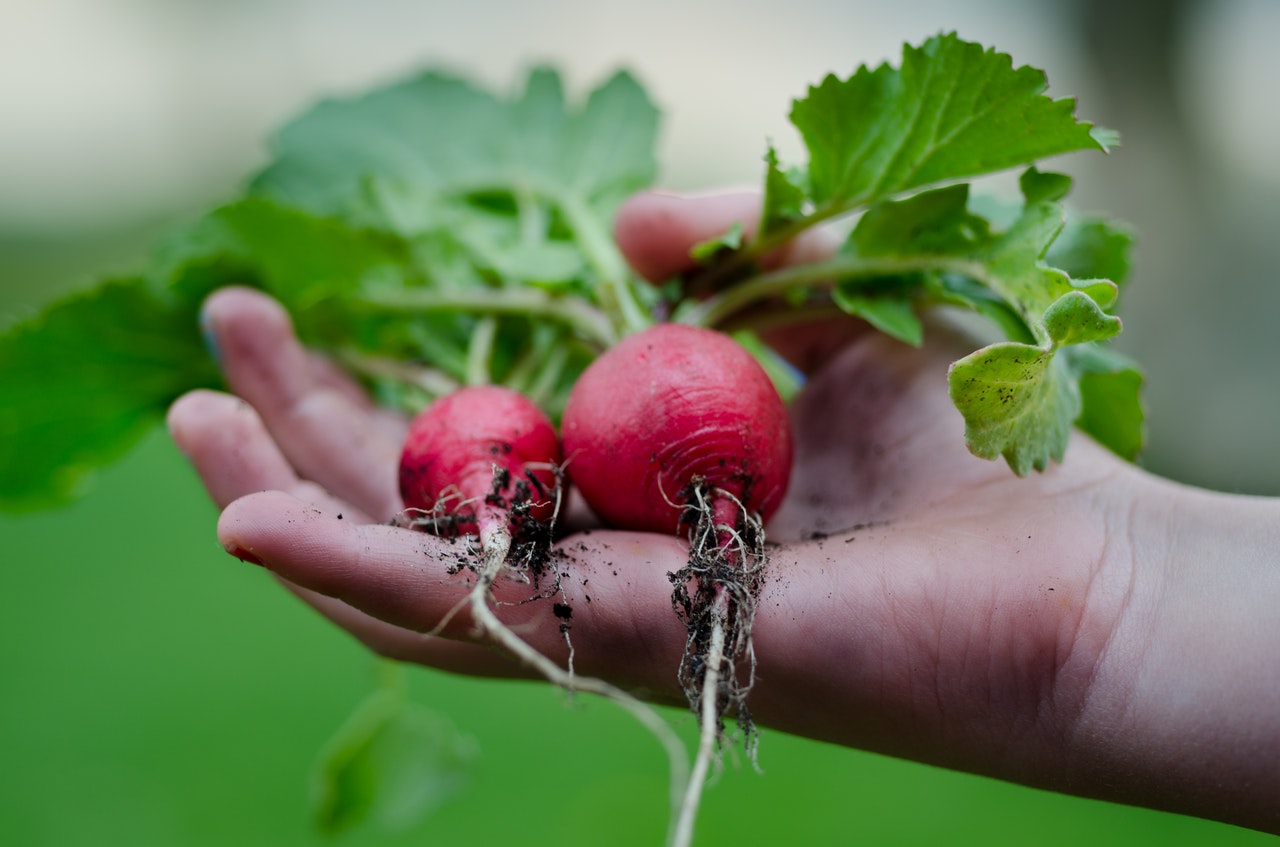
Tomato plants
While tomato plants won’t be ready to harvest for a few months, the various milestones in the growing process is pretty exciting. The plant grows fairly quickly and produces little flowers before long. Nothing beats the excitement of that first bright red tomato, and the fruit is easy for little hands to harvest.
Sugar snap peas
Kids just love how these precious pea plants sprout tendrils that vine up and around the stake. The plant tends to sprout up fairly quickly, so the waiting period for your impatient little ones isn’t too painful. The little flowers turn quickly into pea pods that are easy to harvest and can be eaten right off the vine.
Purple Queen bush beans
For a low-maintenance vegetable plant that requires no support, bush beans are a great option. Your little one can do the whole process on their own, from planting to harvesting. Kids love the Purple Queen variety because it produces unique, purple bean pods that turn green once they’re cooked.
Foods to avoid in your vegetable garden
While a vegetable garden is generally a safe and educational activity for children, keep in mind that there are some plants that should be avoided when children will be cultivating. If you must have these plants in your vegetable garden, just avoid having the kids tend to them.
Chili peppers
If you’ve ever been chopping up chili peppers and touched your eye, you know about pain and discomfort. When these spicy veggies are cut, broken, or squished, the juices can get on your child’s hands and burn if they touch their face and eyes.
Rhubarb
Strawberry rhubarb pie is a classic favorite among foodies of all ages, but growing rhubarb comes with some cautions. Its leaves are toxic if ingested and can cause vomiting and even kidney damage in large amounts. Keep in mind that rhubarb also grows wild in patches, so it may pop up in your area in the springtime.
Potatoes
Potatoes are a staple and a favorite among children. While it’s fun to grow potato plants with the kids, be cautious once you’re harvesting them. If the potato’s skin is green, it’s toxic if ingested.
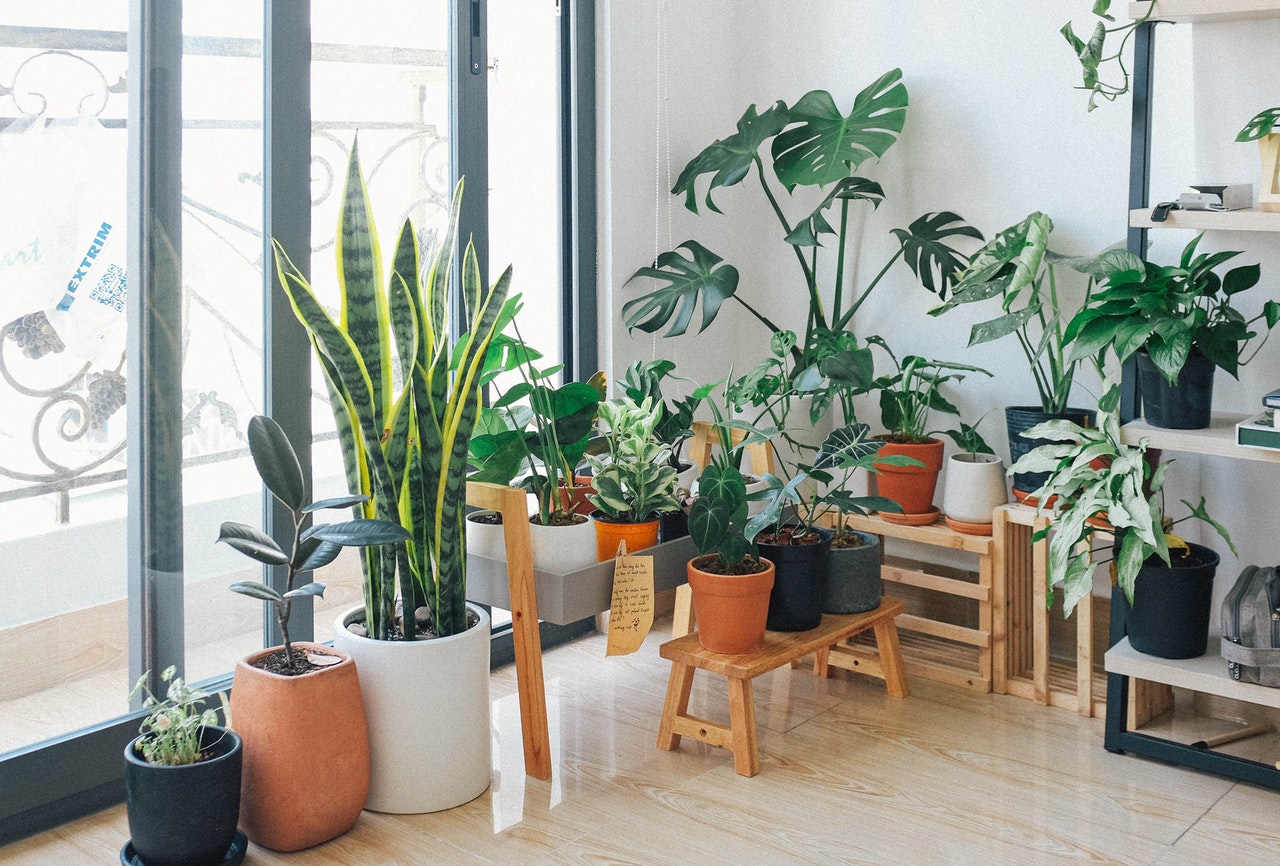
If you feel at one with nature when growing your garden or tending to your indoor plants, your passion is going to rub off on your little ones. Growing your plants as a family is both fun and educational, but it should be approached with a bit of caution. Foster that green thumb safely by sticking to plants that are nontoxic and safe for kids when they’re ready to get their hands dirty.



